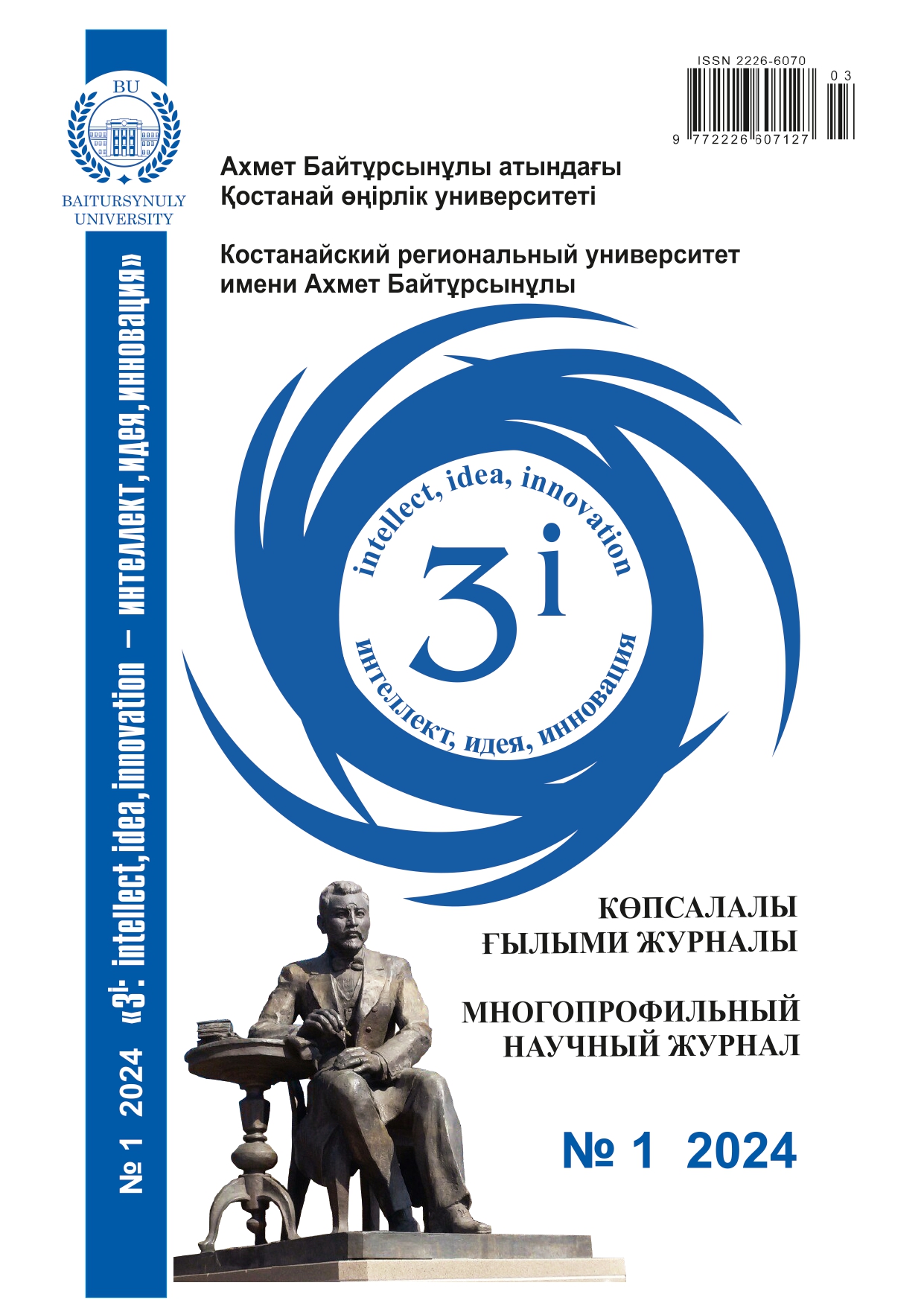THE RESULTS OF THE APPROBATION OF METHODS OF SYNCHRONIZATION OF LIBIDO SEXUALIS OF HITSYNCH AND OVSYNCH ON COWS OF MEAT PRODUCTIVITY
DOI:
https://doi.org/10.52269/22266070_2024_1_13Keywords:
heat synchronization, Hitsynch, Ovsynch, insemination index, pregnancy, open period, infertilityAbstract
The article presents data on the comparative effectiveness of synchronization schemes of the sexual cycle in cattle using the Hitsynch and Ovsynch methods, various GnRH, prostaglandin F2a, and estrogens were used in synchronization schemes to activate sexual processes and increase fertilization. In order to increase their effectiveness, biologically active substances were included in the synchronization schemes.
The aim of the study was to determine the effectiveness of various synchronization schemes when biologically active substances are included in them.
The authors note that stimulation of the genitals using the methods of synchronization of sexual libido of Hitsynch and Ovsynch with the additional inclusion of biologically active substances in the schemes significantly improves the arrival of cows in libido and increases fertilization. These indicators were more pronounced when synchronizing sexual libido using the Hitsynch method.
The novelty of the conducted research is the determination of effective modern schemes of synchronization of sexual libido. It was found that the complex use of hormonal drugs "Surfagon", "Oestrophan" biologically active substances vitamin complex "Tetravit" and estrogenic hormone ECP activates the manifestation of sexual processes stimulates the manifestation of sexual libido and increases the fertilization of cows.




